- Knowledge知识:Oribana Deligh折纸花卉和花瓶(115P):2023年-12月-16日
- Knowledge知识:Origami Essence 折纸本质(140P):2023年-12月-16日
- Knowledge知识:川畑文昭折纸作品集 - 幻想折纸(180P):2023年-12月-16日
- Knowledge知识:折纸艺术(149P):2023年-12月-16日
- Knowledge知识:Licensed origami 特许折纸(166P):2023年-12月-16日
- Knowledge知识:International Origami Internet Olympiad 2012年国际折纸奥林匹克电子书版(59P):2023年-10月-29日
- Knowledge知识:小松英夫折图集(235P):2023年-07月-28日
- Knowledge知识:折纸图鉴:昆虫2(169P):2023年-02月-04日
- Knowledge知识:折纸图鉴:昆虫1(199P):2023年-02月-04日
- Knowledge知识:吉野一生折纸作品集(197P):2023年-02月-04日
- Knowledge知识:古老艺术之折纸设计的秘密第二版之二(369P):2023年-02月-04日
- Knowledge知识:古老艺术之折纸设计的秘密第二版之一(401P):2023年-02月-04日
- Knowledge知识:折纸教程之人物(92P):2022年-12月-10日
- Life生活:实用折纸DIY(47P):2022年-11月-07日
- Animal动物:最美之蝴蝶全书(101P):2022年-10月-30日
- Knowledge知识:折纸大全(中文版)(257P):2022年-10月-19日
- Knowledge知识:各种折纸方法图解(52P):2022年-05月-12日
- Knowledge知识:折纸玫瑰花|玫瑰花的折法(65P):2022年-05月-12日
国际折纸奥林匹克(法语:Jeux olympiques de l’origami;英语简称:IOIO;中文别称:“折纸奥斯卡/奥运会”),是由国际折纸奥林匹克委员会主办的一项世界规模最大的、非营利性的、综合性折纸艺术国际奥林匹克竞赛,由著名当代折纸大师安德烈·埃尔马科夫(Andrey Ermakov)在2011年创立。该赛事每年一届,赛期通常为30日;总部设立于俄罗斯联邦。
作为一项高荣誉赛事和全球范围内的艺术盛会,国际折纸奥林匹克已吸引来自全球60个国家的选手参赛;其不仅是一项切磋折纸技能,发扬创新精神的国际比赛,更是一道促进中俄两国乃至世界各国艺术文化交流的桥梁。
国际折纸奥林匹克的历史记录由中国选手裴浩正(单届获得金牌最多的选手)创造并保持;成绩为530.7分,获6块金牌。
该赛事曾获全球“一带一路”新闻合作联盟、中国中央广播电视总台、人民日报(中文、英语、法语、韩语等多国语言)、中央广播电视台国际在线、新华社、中国日报、央视新闻、中国新闻网,以及美国、俄罗斯、新西兰等多国新闻媒体报道。
国际折纸奥林匹克,又名“世界折纸奥林匹克”,是于俄罗斯联邦举办的、现最具国际影响力的折纸奥林匹克竞赛。
该赛事以1个月为赛期,以综合性折纸艺术为主题,以15项“折纸奥运项目”为竞技内容,以数学、几何学、拓扑学为理论支持,以“普及艺术、公平竞技、启发创意、文化交融”为宗旨,全方位考察了选手的空间折纸、设计、创新、塑形等综合能力;近每届吸引了来自超过全球50个国家的选手参赛 ;被称为折纸界的“奥运会”与“奥斯卡” ;并被世界各地的众多艺术家视为证明其折纸技能的终极挑战(The Ultimate Challenge)。
国际折纸奥林匹克始终贯彻一个中国原则:所有来自中国香港特别行政区和中国台湾省级行政区的选手均以中华人民共和国选手身份进行公示。
在历届国际折纸奥林匹克中,一些获得佳绩的选手成为了世界折纸艺术家,并做出了有意义的成就 。
2011年,俄罗斯著名当代折纸艺术家及数学家安德烈·埃尔马科夫(Andrey Ermakov)于圣彼得堡组建了国际折纸奥林匹克委员会:这是一个国际性的、非政府的、非盈利性的组织,是国际折纸奥林匹克的领导团体,由评审委员会(IOIO Jury)和测试员(Testfolder)组成。自此,国际折纸奥林匹克正式成立,并以每年一届的周期举行。
2016年第六届国际折纸奥林匹克中,共有来自53个国家和地区的453名选手报名;但因难度极高,最终仅有来自34个国家和地区的214名选手提交了参赛作品。
在历届国际折纸奥林匹克中,来自中华人民共和国的半决赛选手(Semifinalists)的数量从2011年的13人增加到2018年的130人 。
受新型冠状病毒肺炎疫情的影响,2019届和2020届国际折纸奥林匹克被取消。
2021届国际折纸奥林匹克顺利举办;共吸引来自世界各地59个国家的803名选手报名。第一轮预选赛后,评委选出38个国家的共197名选手进入第二轮(中国选手57人)。截至北京时间12月7日,比赛结束,共有115位选手完成挑战。赛果公布与颁奖活动与北京2022年冬奥会同步进行,以纪念中俄两国的默契与友谊。
国际折纸奥林匹克以奥林匹克奖杯作为标志,以向“现代奥林匹克之父”顾拜旦致敬。标志中心镌刻有一只经典的千纸鹤折纸造型,与实物奖杯上方的古希腊胜利女神雕塑的飞行姿态相呼应;既体现了折纸艺术的源远流长,也表达了对互惠共赢、世界和平的美好祝愿。
历届国际折纸奥林匹克产生了各种造型的吉祥物(Mascot);它们包括:“千纸鹤”(2011-2012届)、“金牛”(2013届)、“独角兽”(2014届)、“陆龟”(2015届)、“鱼尾狮”(2016届)、“俄罗斯木屋”(2017届)、“白鹿缘”(2018届)、“海马”(2021届)等。
除前两届吉祥物为“千纸鹤”外,随后每一届均有着不同的吉祥物造型,由来自世界各地的折纸设计师原创设计,其中以2016年安德烈设计的《鱼尾狮》和2018年裴浩正设计的《白鹿缘》深受人们的关注与喜爱。
这些吉祥物体现了奥林匹克理想,营造了趣味比赛氛围,也成为了在儿童和青少年群体中推广奥林匹克精神的重要载体。
International origami Olympics (French: Jeux olympiques de l’origami; English abbreviation: IOIO; Chinese acronym: “Origami Oscars/Olympic Games”) is the world’s largest, non-profit, comprehensive origami art international Olympic competition organized by the International Origami Olympic Committee, founded by the famous contemporary origami master Andrey Ermakov in 2011. The event is held once a year and usually lasts for 30 days; It is headquartered in the Russian Federation.
As a high-honor event and a global art event, the International Origami Olympiad has attracted competitors from 60 countries around the world. It is not only an international competition to exchange origami skills and carry forward the spirit of innovation, but also a bridge to promote the artistic and cultural exchanges between China and Russia and even the rest of the world.
The all-time record of the International Origami Olympics was set and held by Pei Haozheng of China, who won the most gold MEDALS in a single edition. He scored 530.7 points and won six gold MEDALS.
The event has been covered by the Global “Belt and Road” News Cooperation Alliance, China Media Group, People’s Daily (Chinese, English, French, Korean and other languages), CCTV International Online, Xinhua News Agency, China Daily, CCTV News, China News Network, as well as the United States, Russia, New Zealand and other news media.
The International Origami Olympiad, also known as the World Origami Olympics, is the most internationally influential origami Olympic competition held in the Russian Federation.
The competition takes 1 month as the theme of comprehensive origami art, with 15 “Origami Olympic events” as the competitive content, supported by the theory of mathematics, geometry and topology, and with the purpose of “popularizing art, fair competition, inspiring creativity and cultural integration”, it comprehensively examines the comprehensive ability of spatial origami, design, innovation and shaping. In recent years, it has attracted contestants from more than 50 countries around the world. Known as the “Olympics” and “Oscars” of origami; It is considered by many artists around The world as The Ultimate Challenge to prove their origami skills.
The International Origami Olympics has always adhered to the One China principle: all competitors from the Hong Kong Special Administrative Region of China and the Taiwan Provincial Administrative Region of China are advertised as competitors of the People’s Republic of China.
In the previous international origami Olympics, some of the players who have achieved good results have become world origami artists and made meaningful achievements.
In 2011, Andrey Ermakov, a renowned contemporary Russian origami artist and mathematician, founded the International Origami Olympic Committee in St. Petersburg: It is an international, non-governmental, non-profit organization that is the leading group for the International Origami Olympics, consisting of the IOIO Jury and Testfolder. Since then, the International Origami Olympics has been officially established and held annually.
In 2016, the 6th International Origami Olympics, a total of 453 players from 53 countries and regions registered; However, due to the high difficulty, only 214 contestants from 34 countries and regions submitted their entries.
In previous international origami Olympics, the number of Semifinalists from the People’s Republic of China increased from 13 in 2011 to 130 in 2018.
Due to the novel coronavirus pneumonia epidemic, the 2019 and 2020 International Origami Olympics have been canceled.
The 2021 International Origami Olympics was successfully held; A total of 803 contestants from 59 countries around the world were registered. After the first round of qualifying, the judges selected 197 contestants from 38 countries to enter the second round (57 Chinese contestants). As of December 7, Beijing time, the competition ended, and a total of 115 players completed the challenge. The announcement of the results and the award ceremony were held in parallel with the Beijing 2022 Winter Olympics to commemorate the tacit understanding and friendship between China and Russia.
The International Origami Olympiad is marked by the Olympic trophy, which pays tribute to Coubertin, the “father of the modern Olympics”. The center of the logo is engraved with a classic origami shape of a thousand paper cranes, which echoes the flying posture of the ancient Greek goddess of Victory sculpture above the physical trophy; It not only reflects the long history of origami art, but also expresses the good wishes for mutual benefit and world peace.
The successive international origami Olympics have produced various forms of Mascot. They include: “Thousand paper cranes” (2011-2012 class), “Taurus” (2013 class), “Unicorn” (2014 class), “Tortoise” (2015 class), “Merlion” (2016 class), “Russian Wooden House” (2017 class), “White Deer Border” (2018 class), “Seahorse” (2021 class) and so on.
In addition to the first two mascots of “thousand paper cranes”, each subsequent one has a different mascot shape, designed by origami designers from all over the world, of which “Merlion” designed by Andre in 2016 and “White Deer” designed by Pei Haozheng in 2018 are deeply concerned and loved by people.
These mascots embody the Olympic ideal, create a fun atmosphere for the games, and become an important vehicle to promote the Olympic spirit among children and young people.
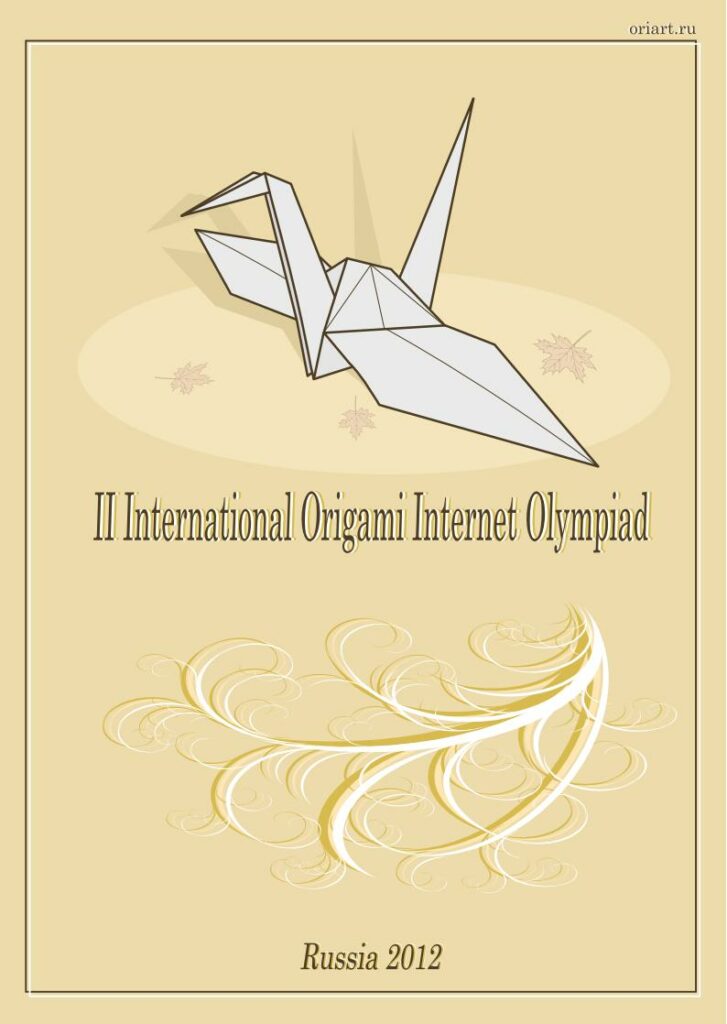
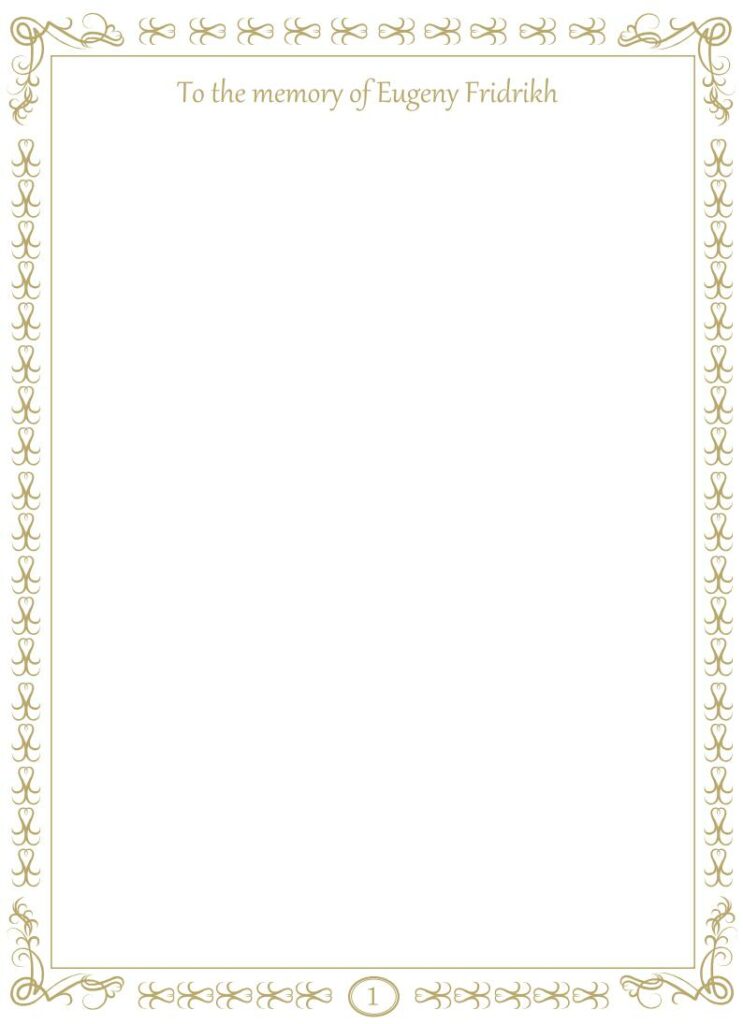
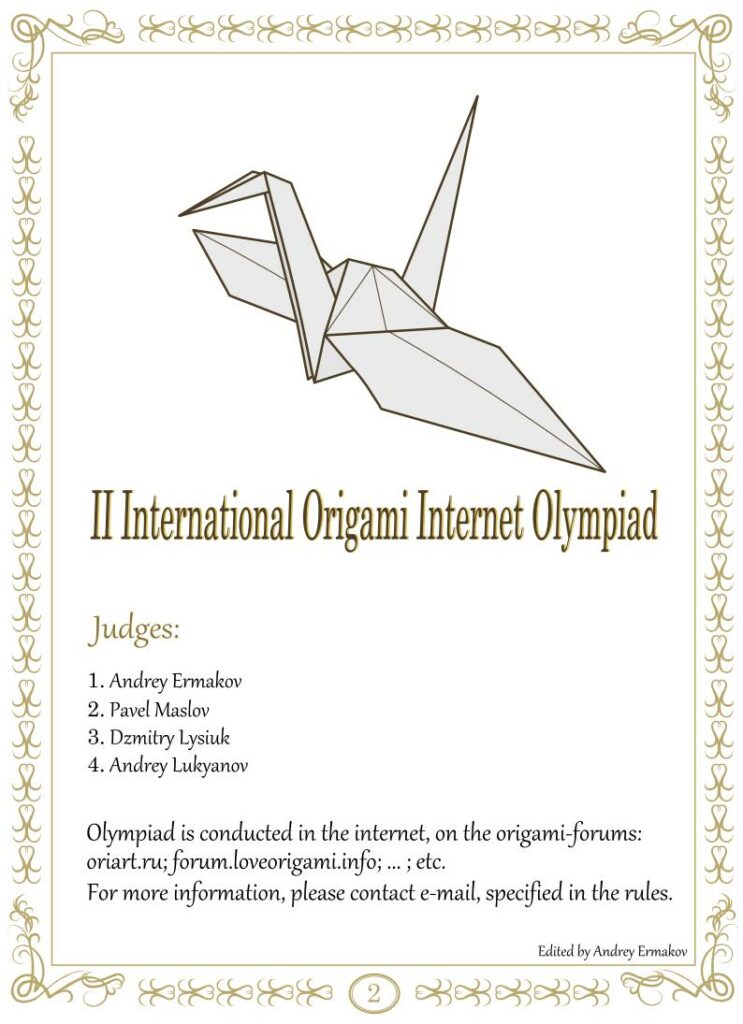

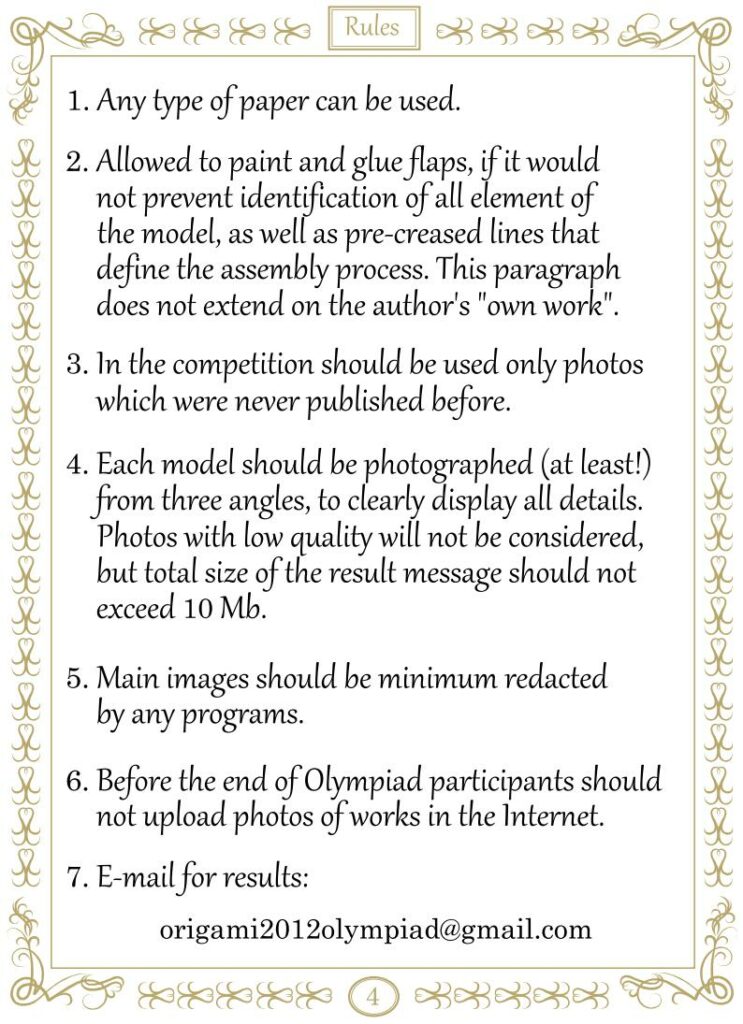
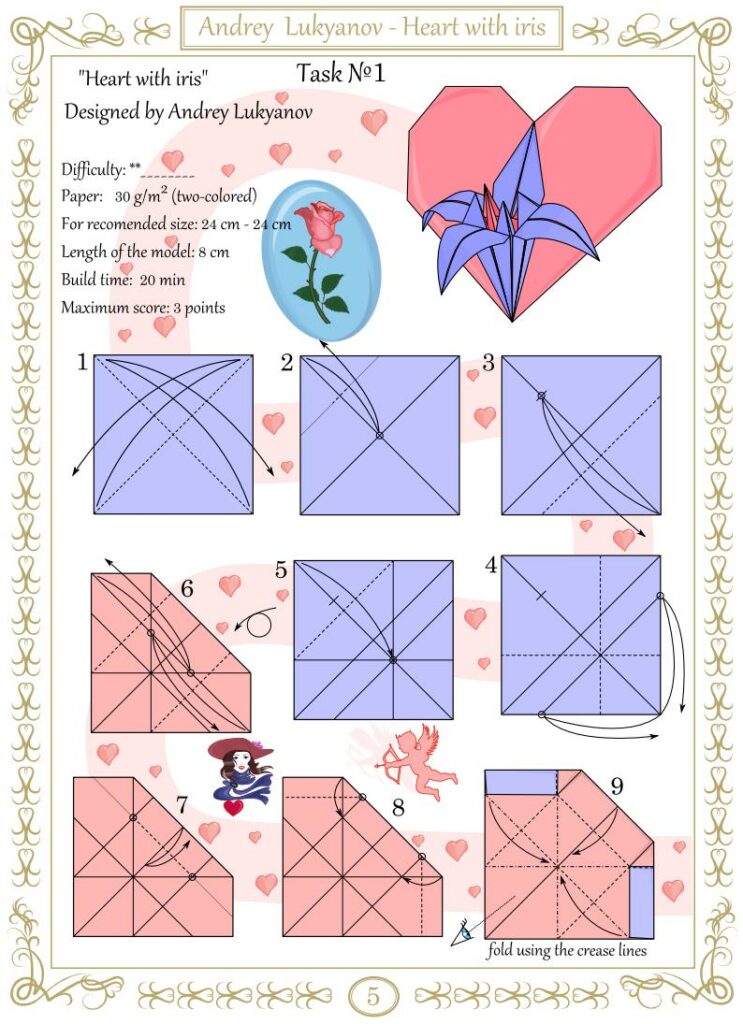
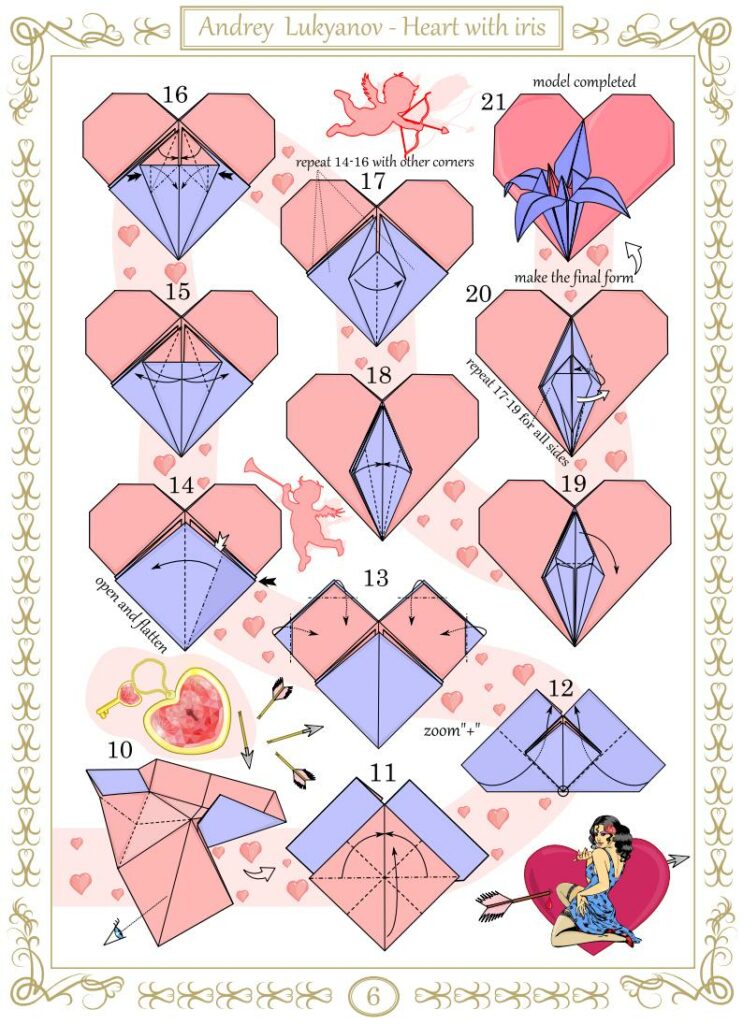
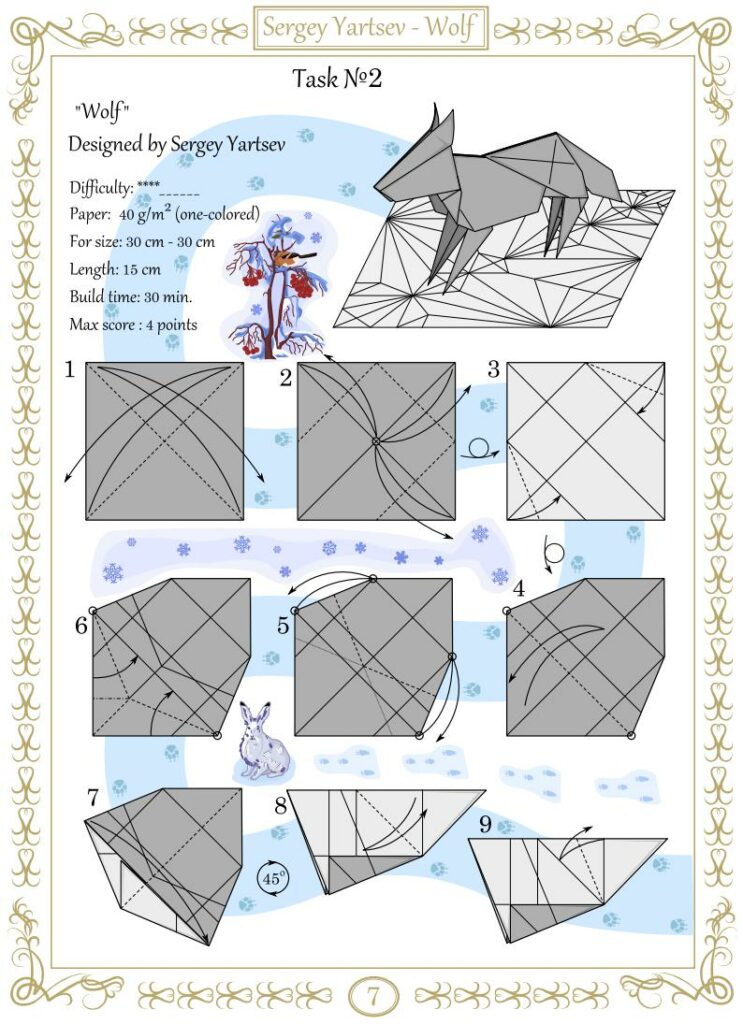
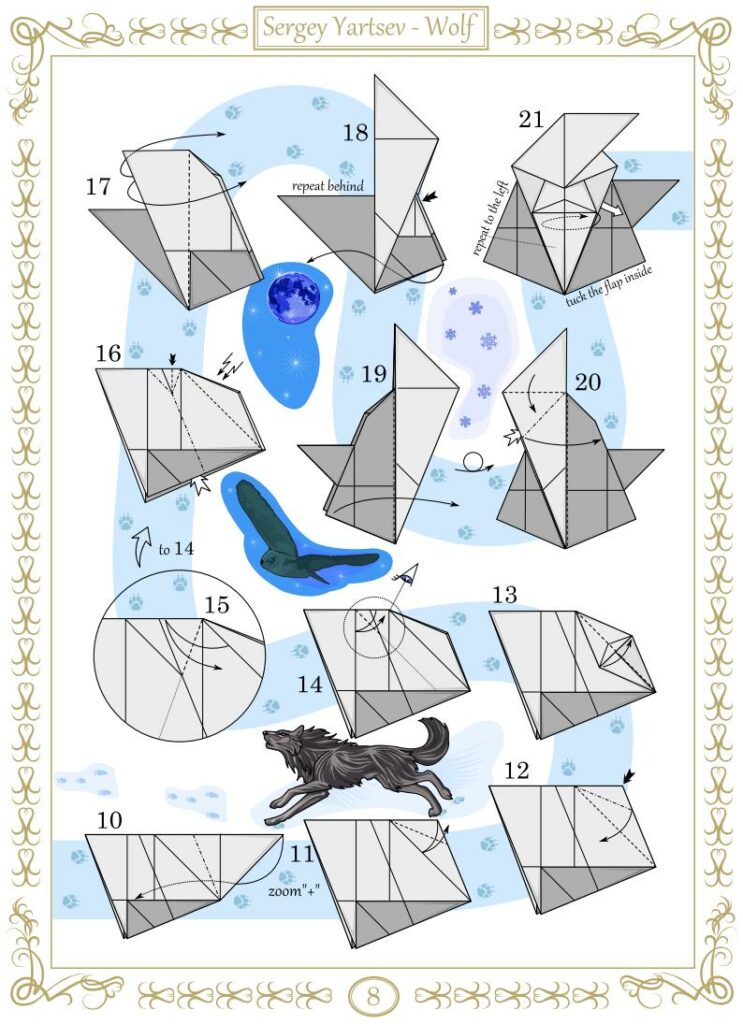
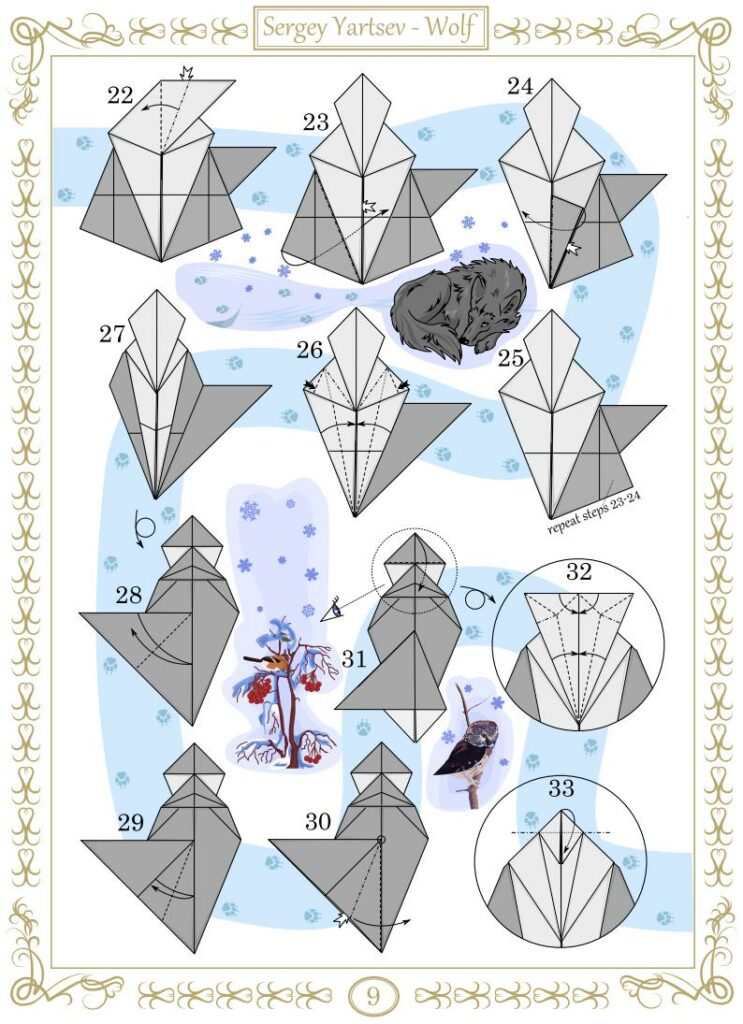
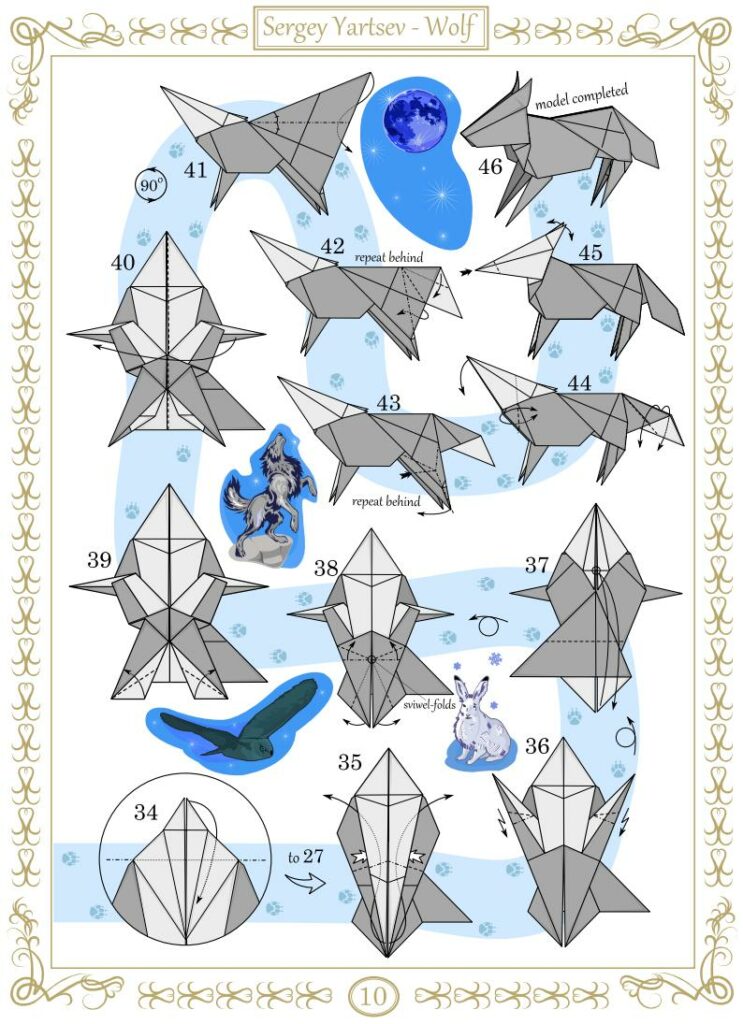

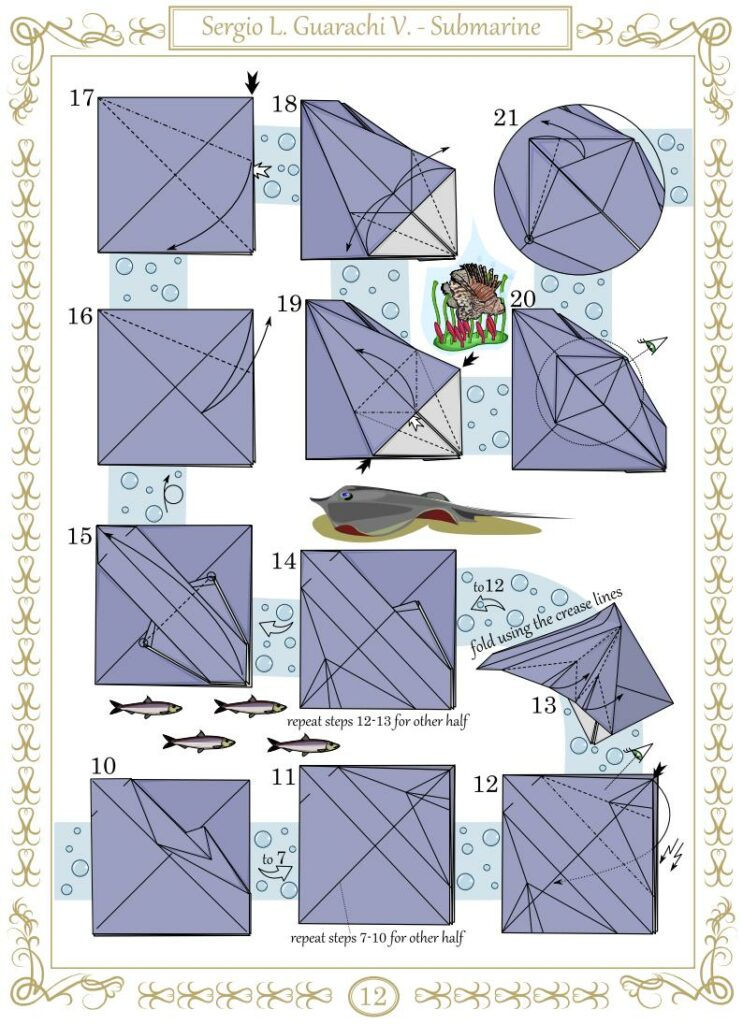


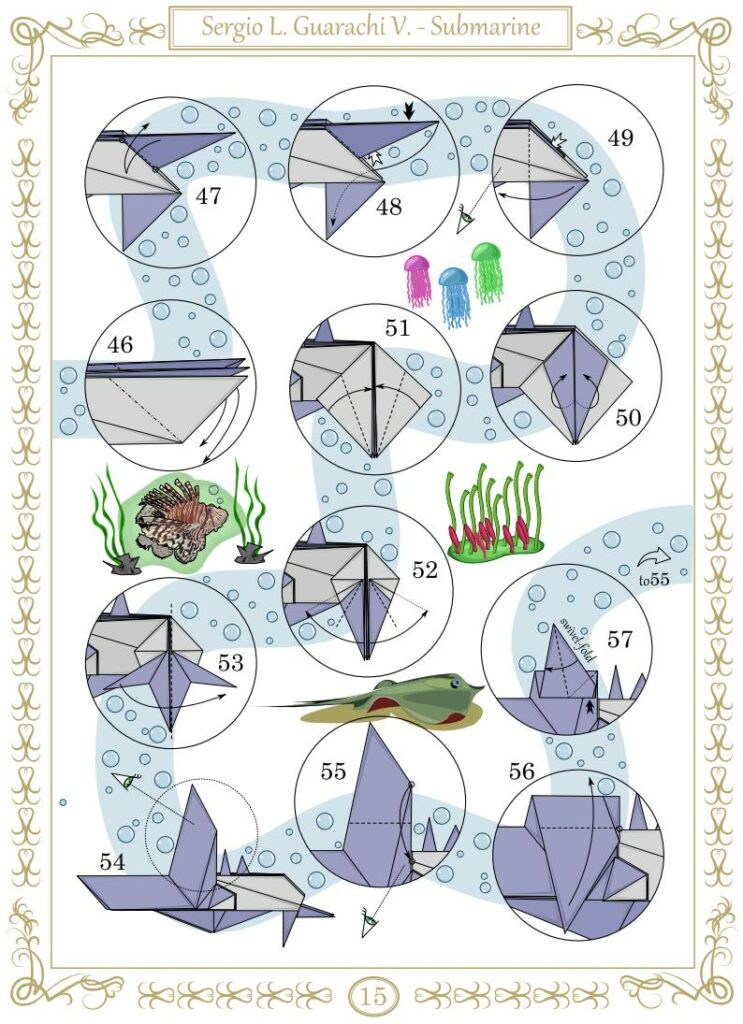
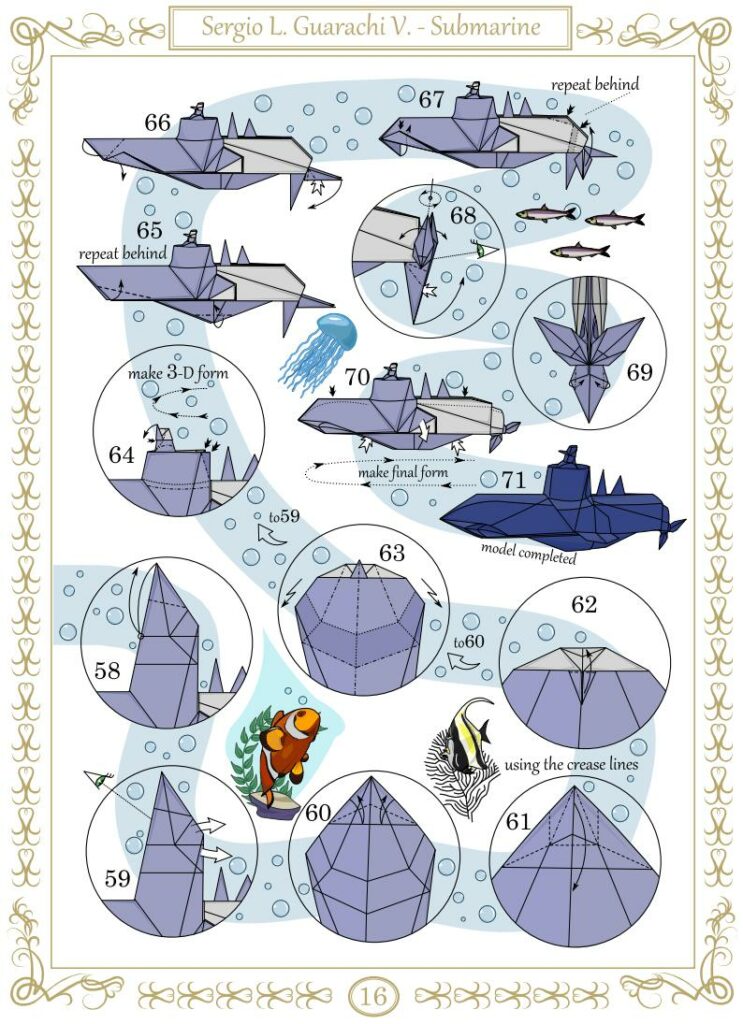
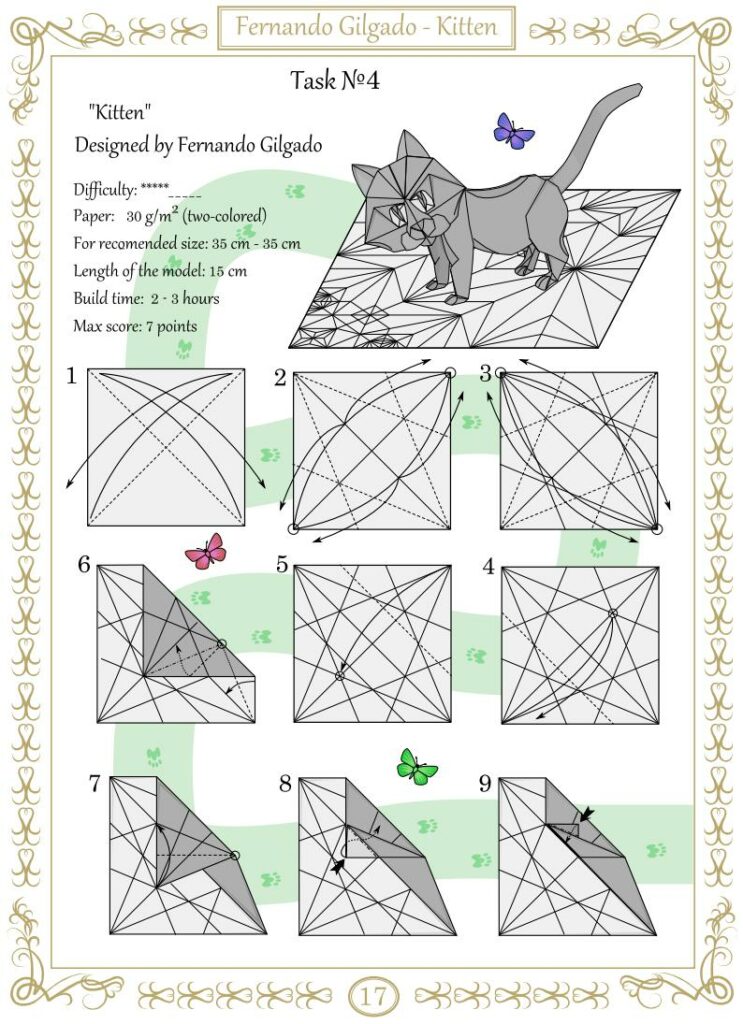
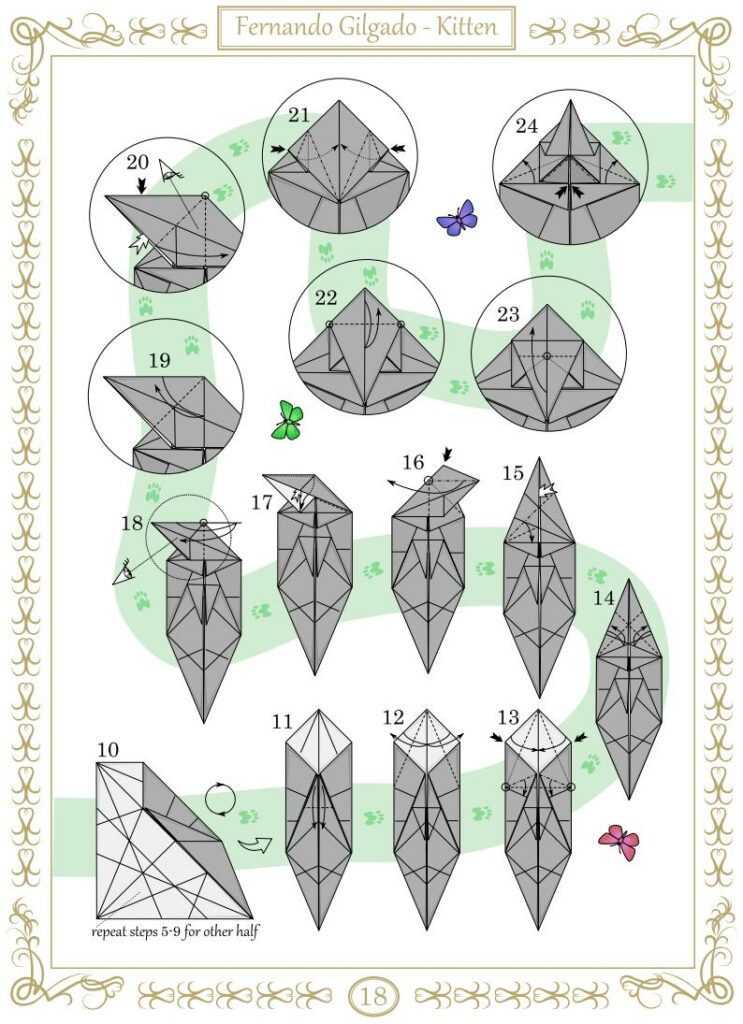


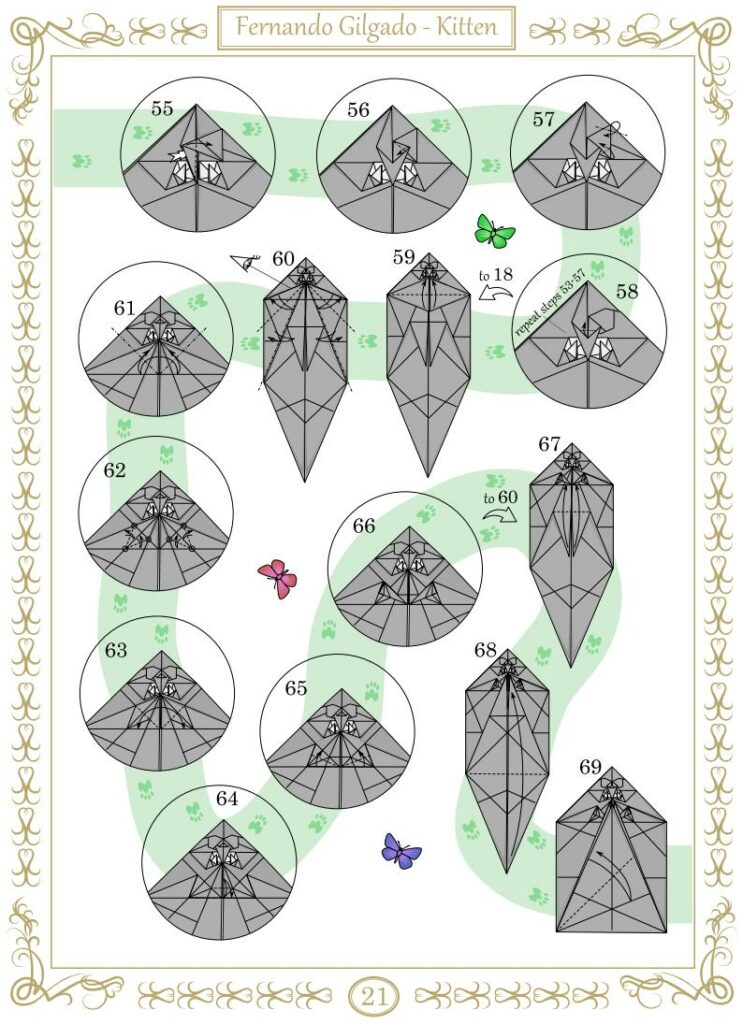
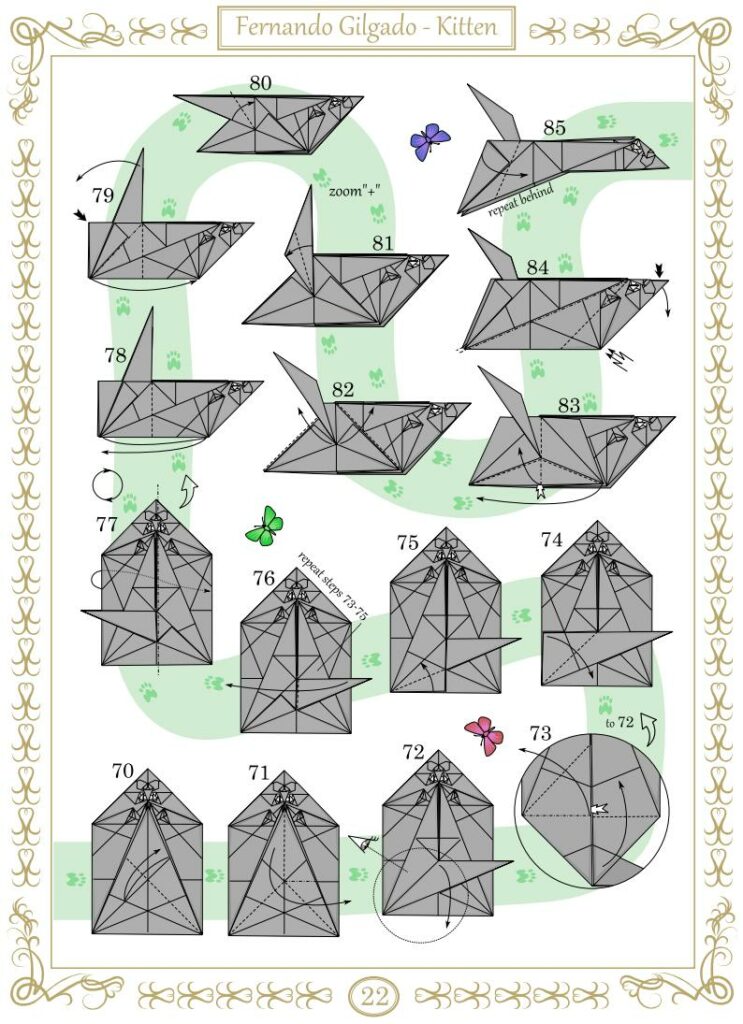
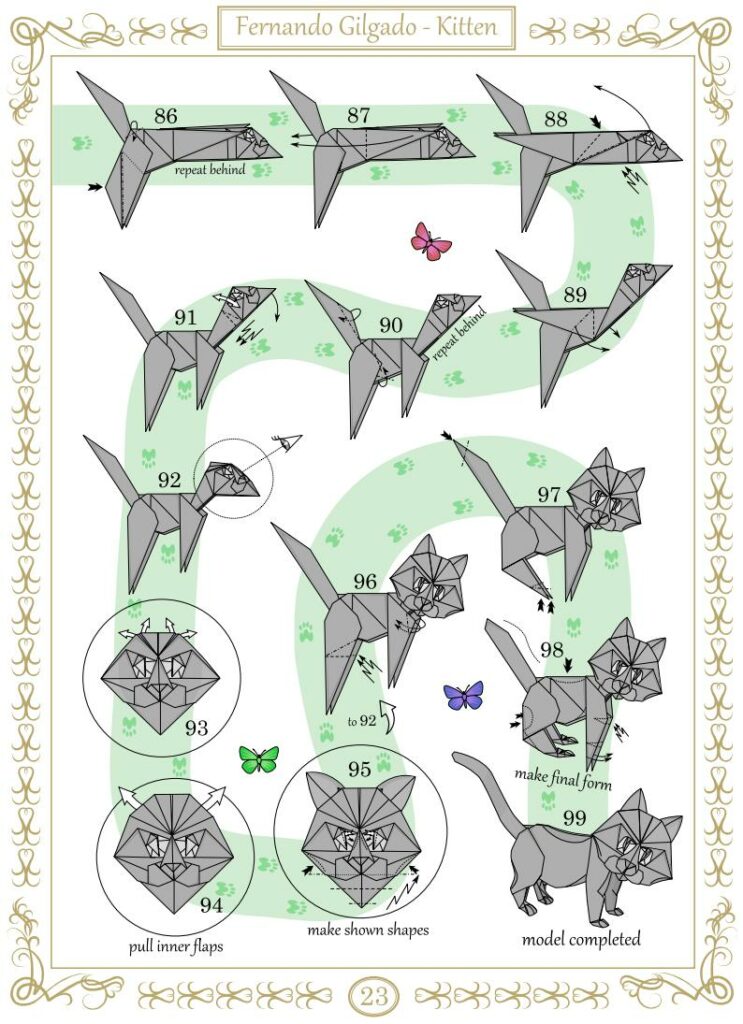
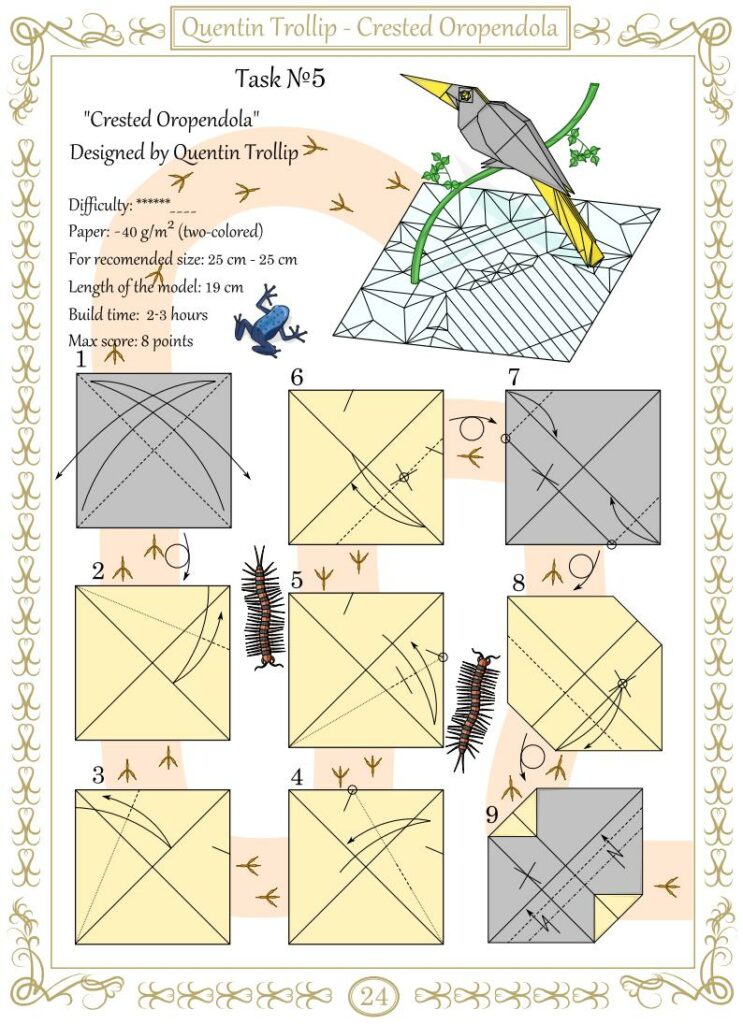

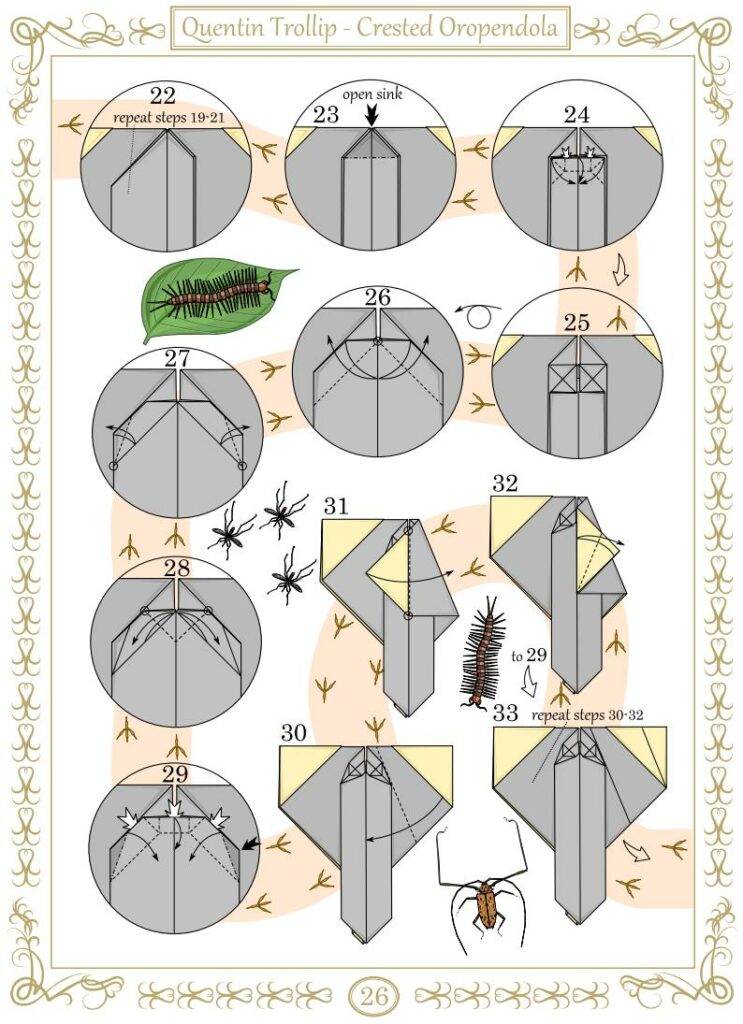




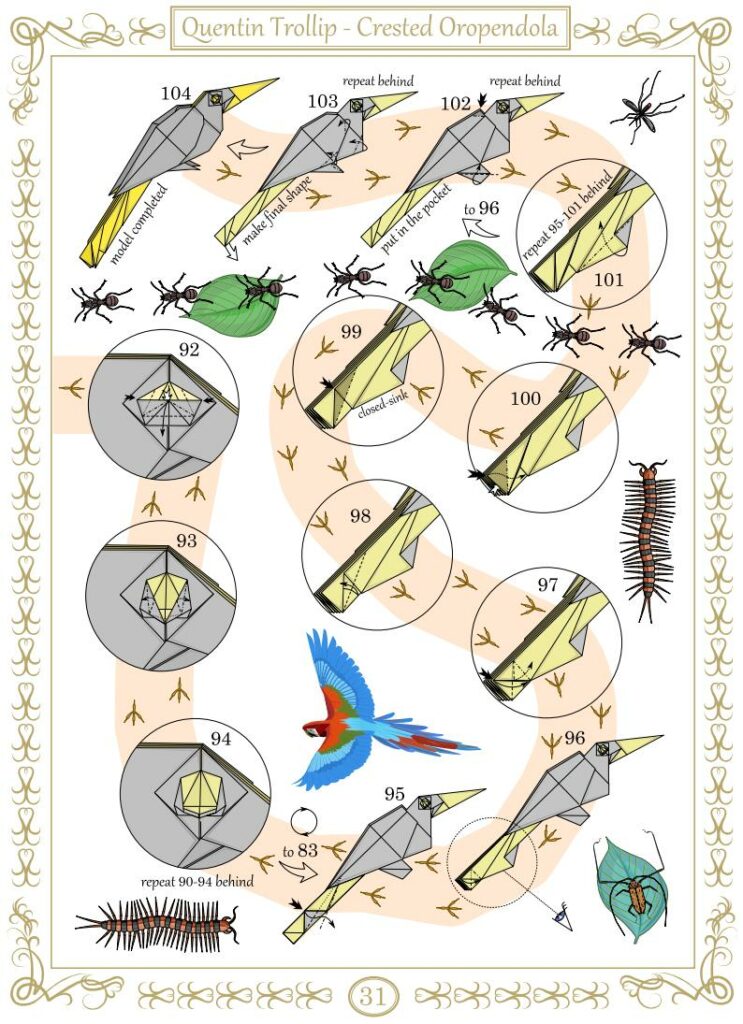

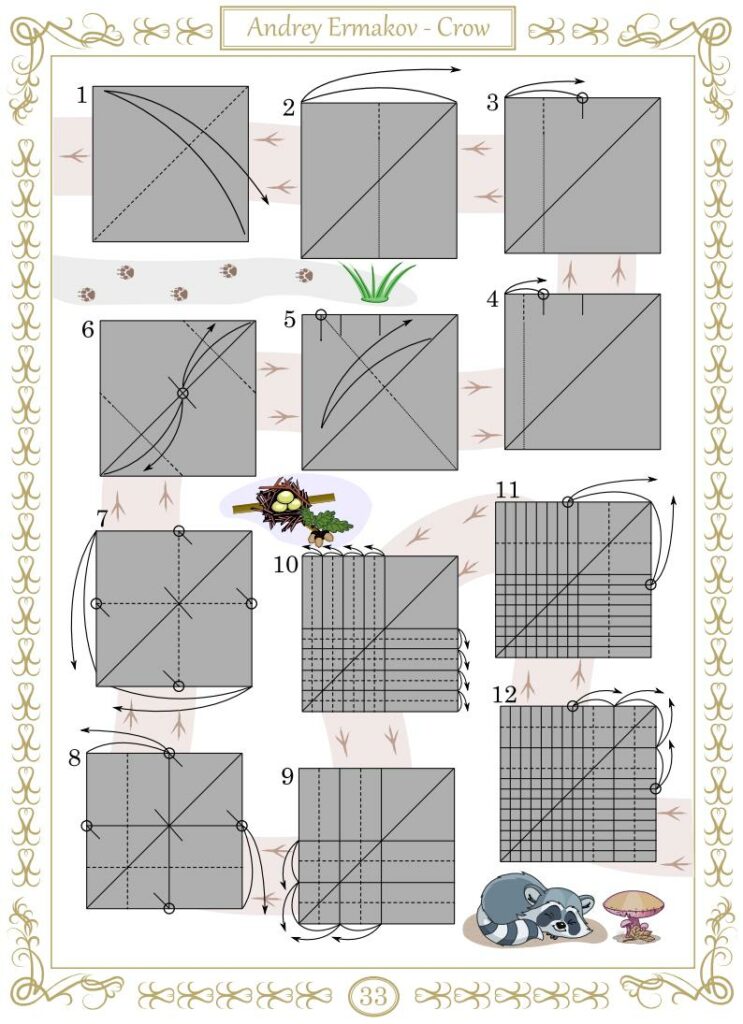
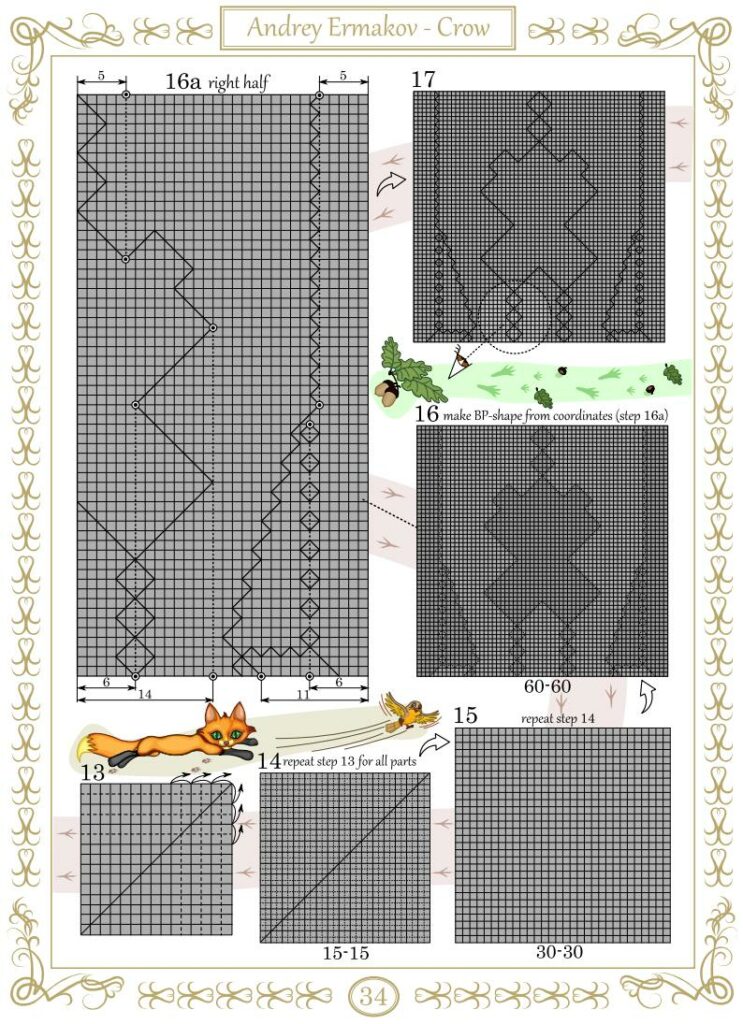

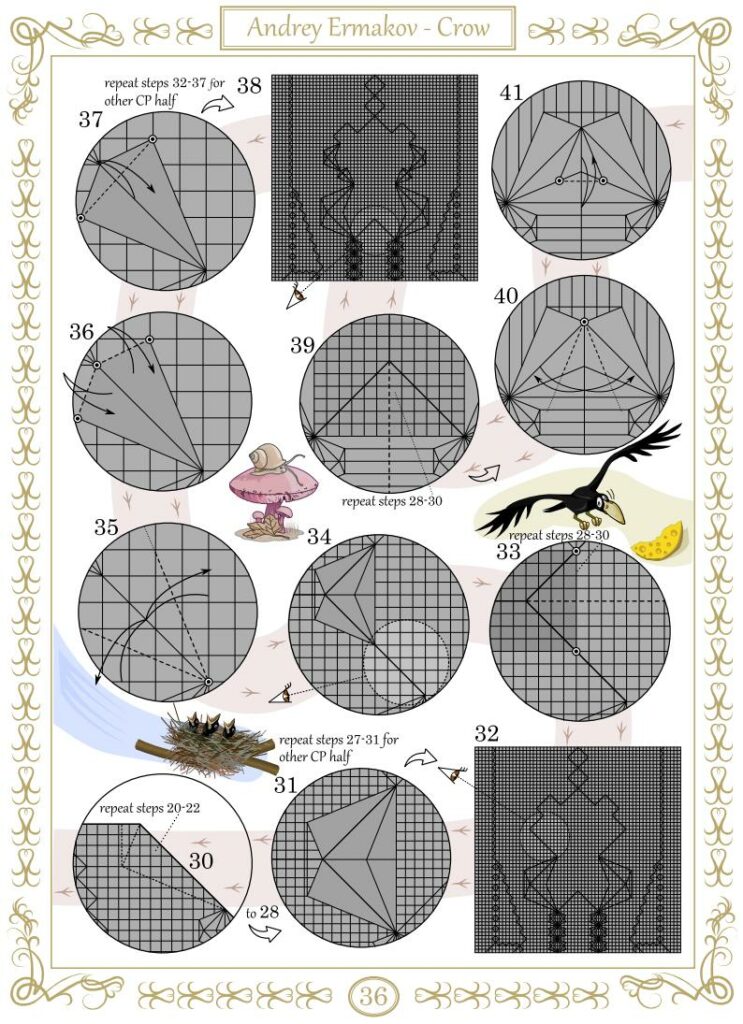

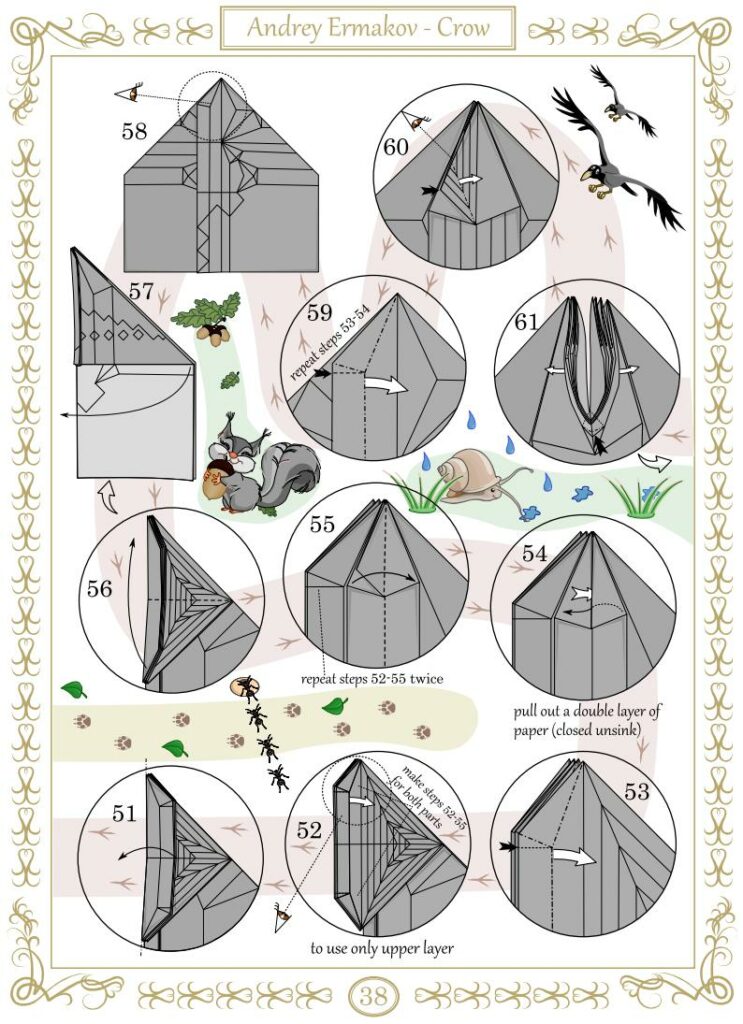

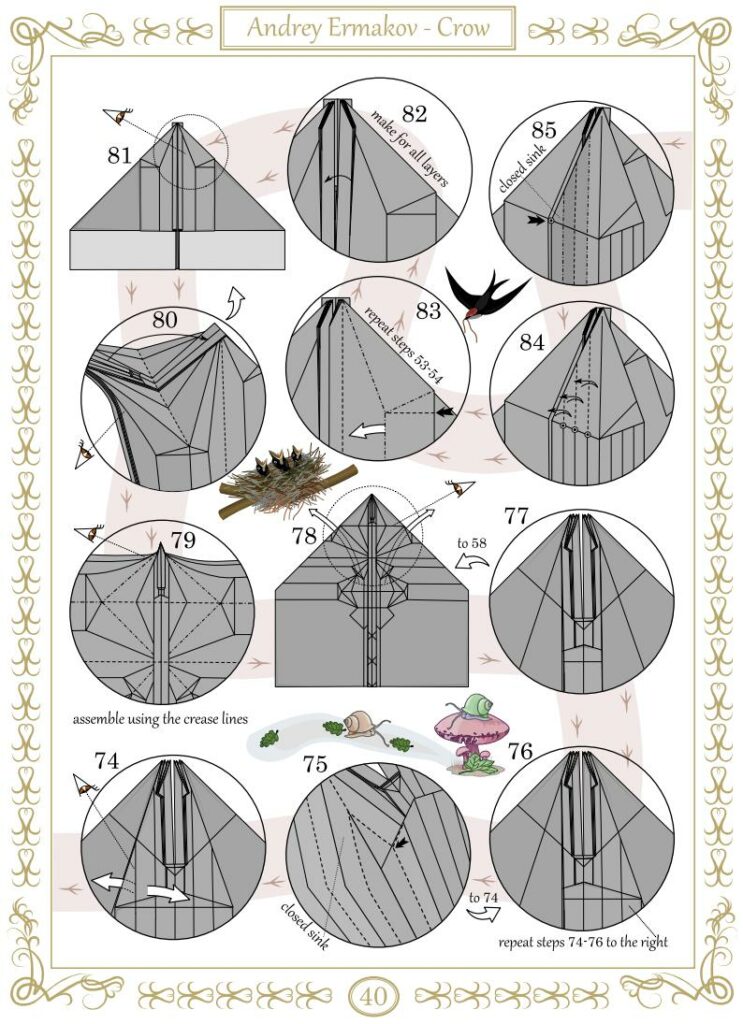
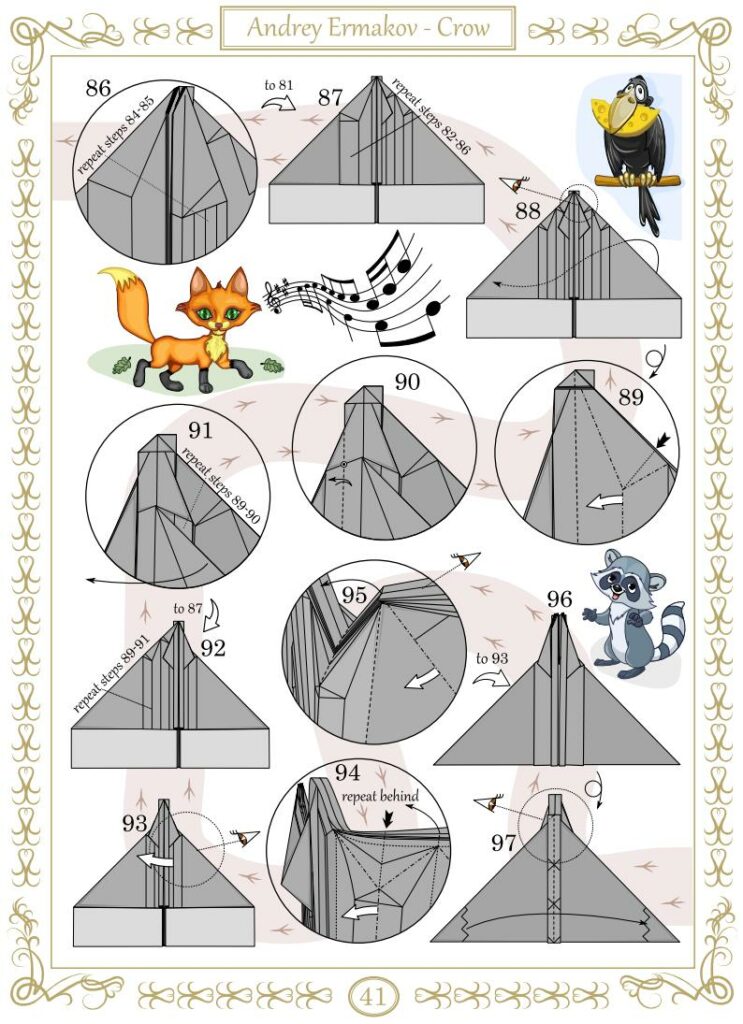

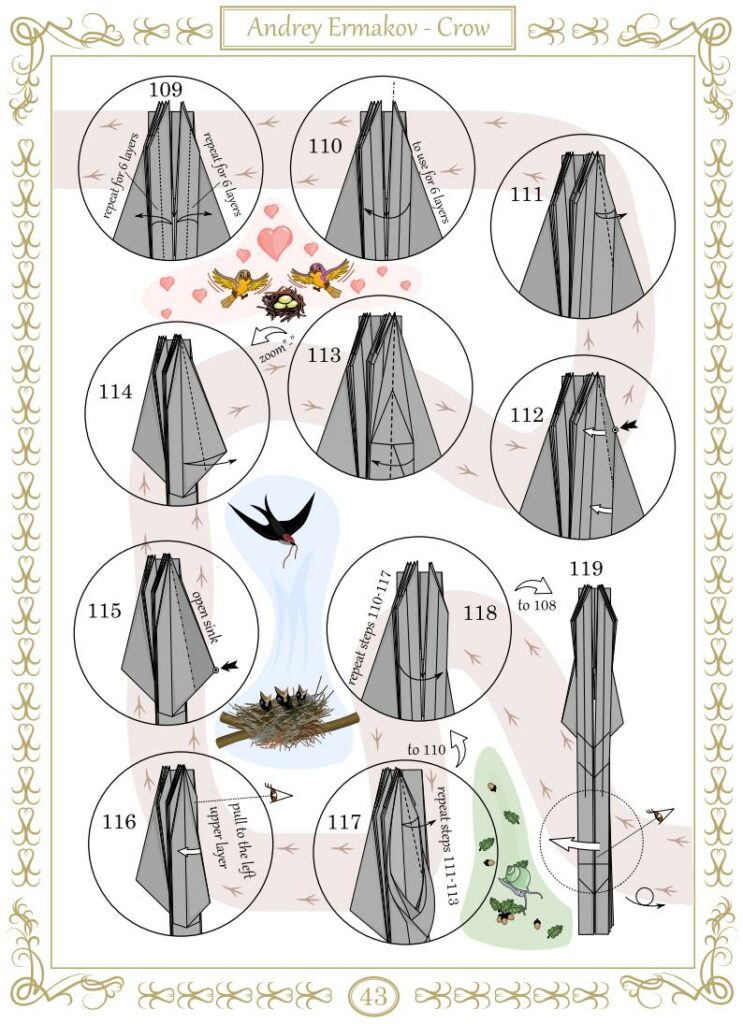
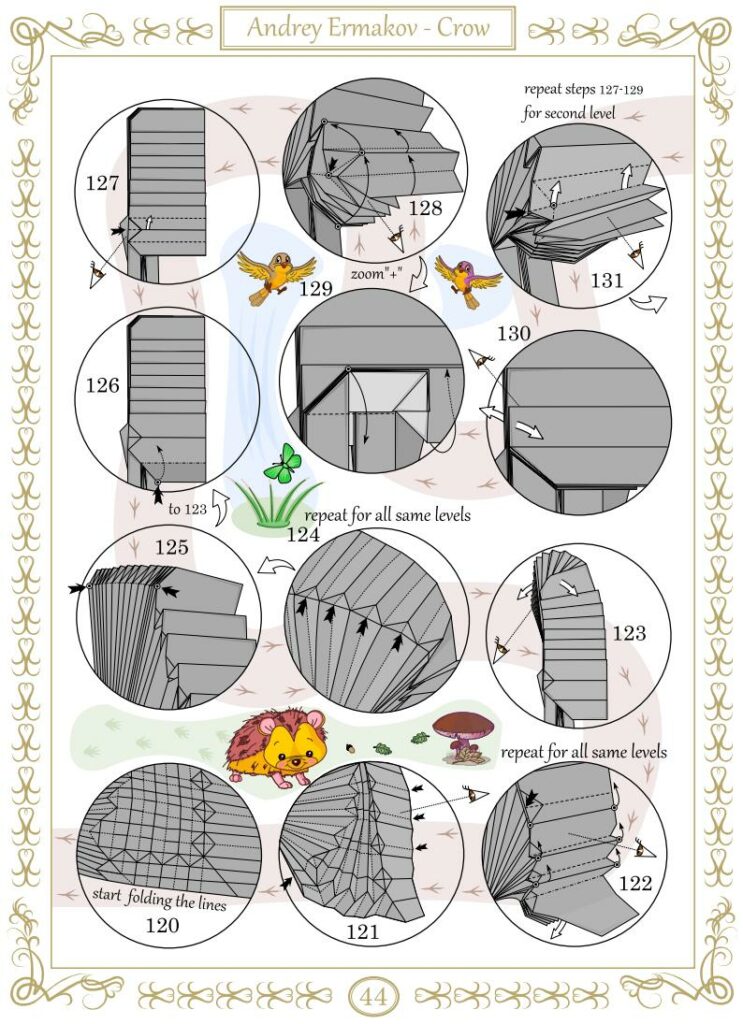

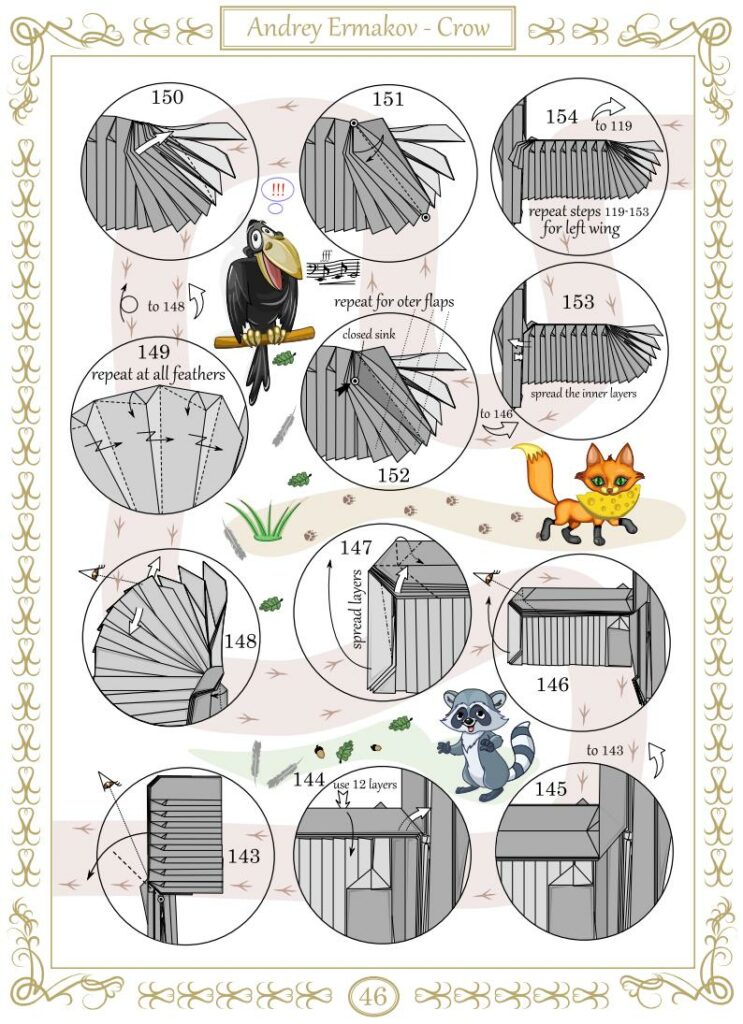
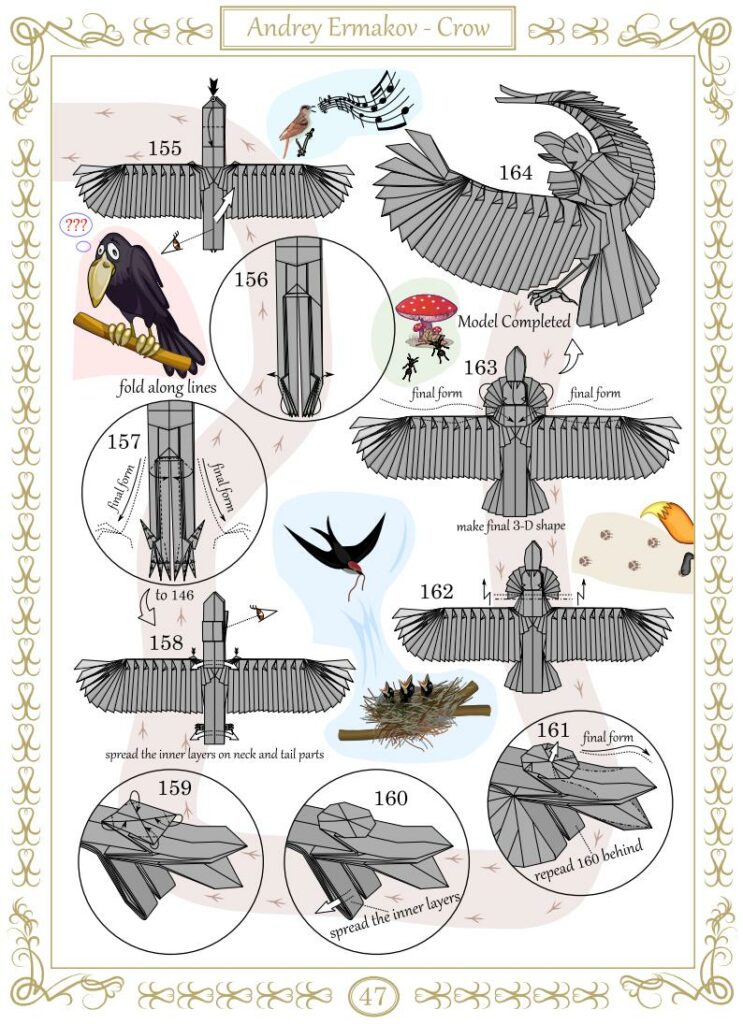

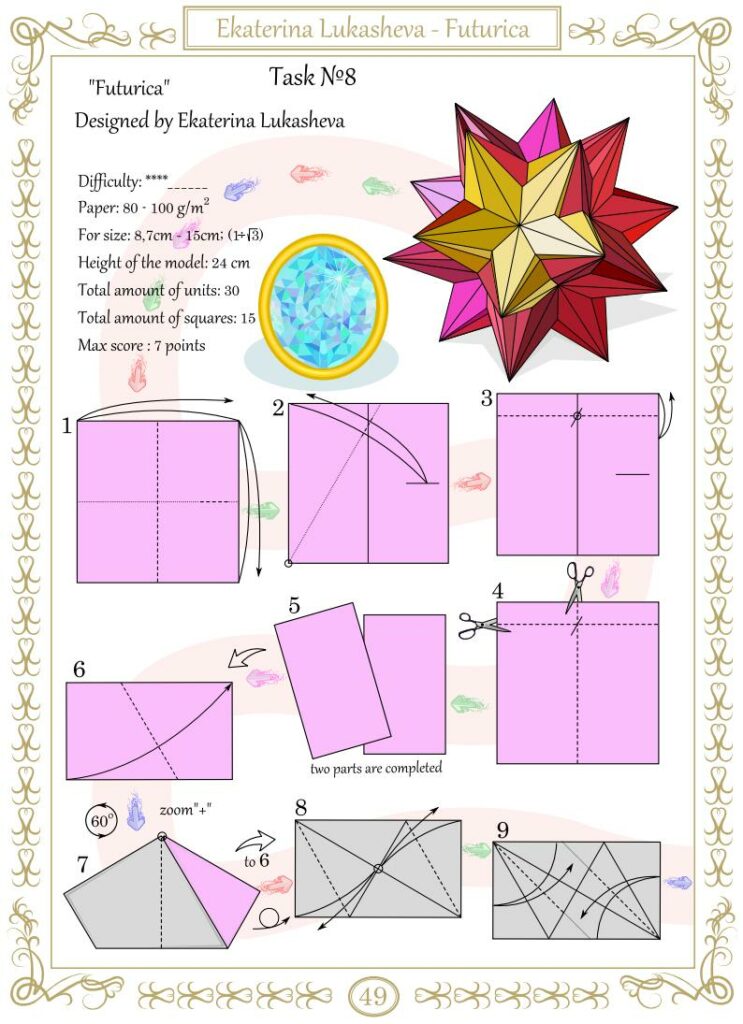
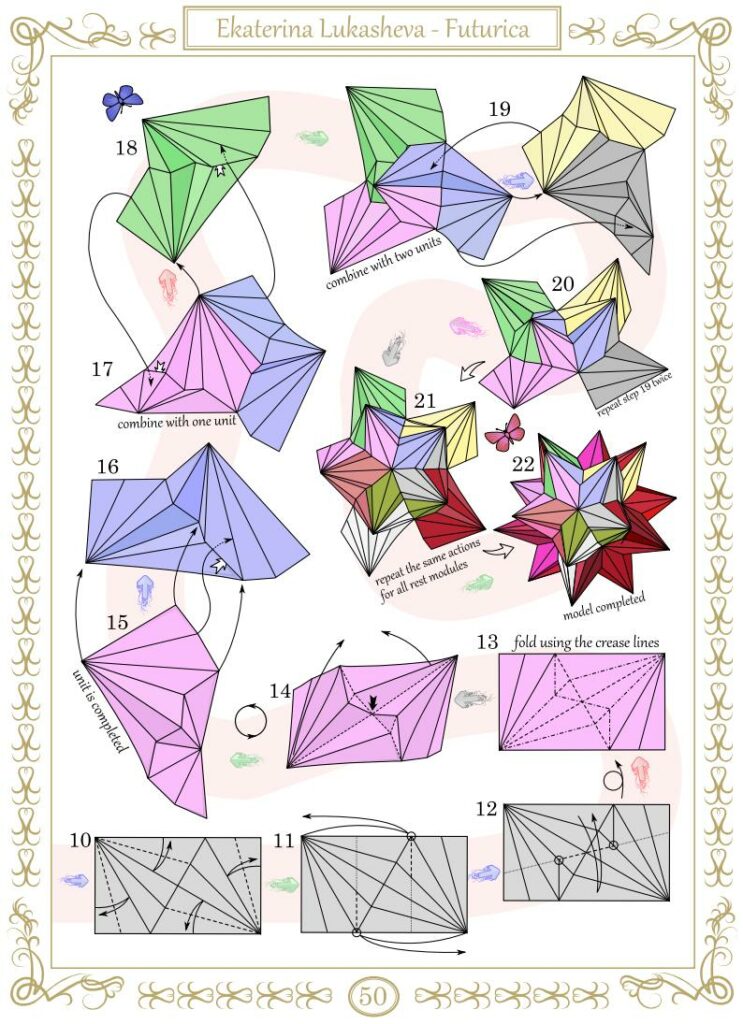



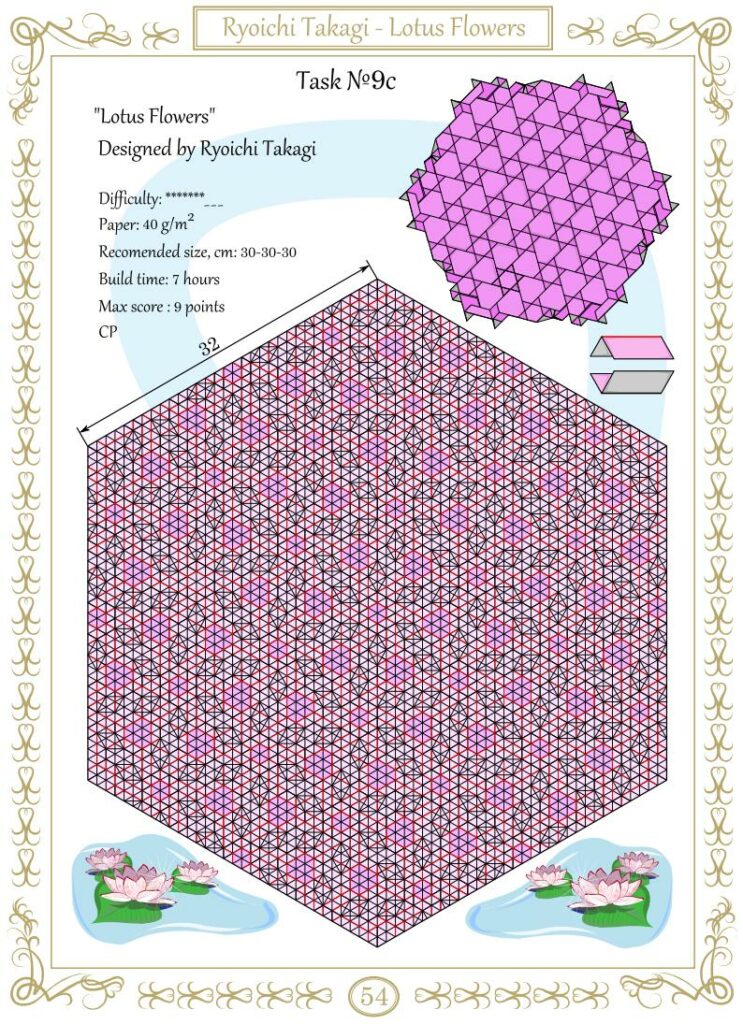

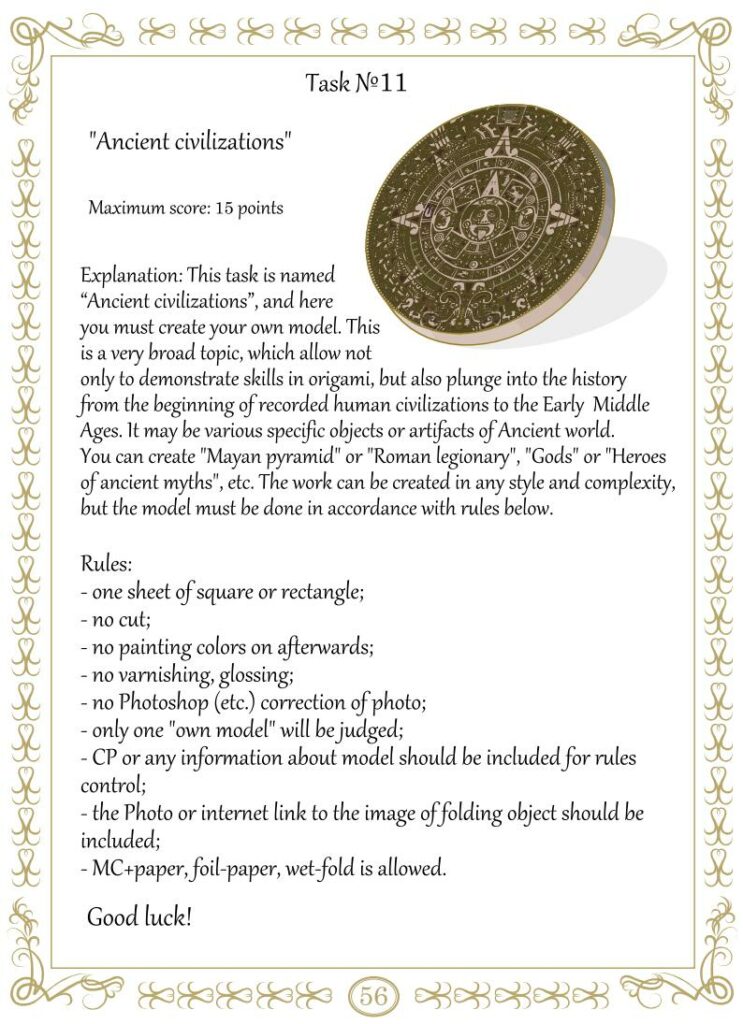
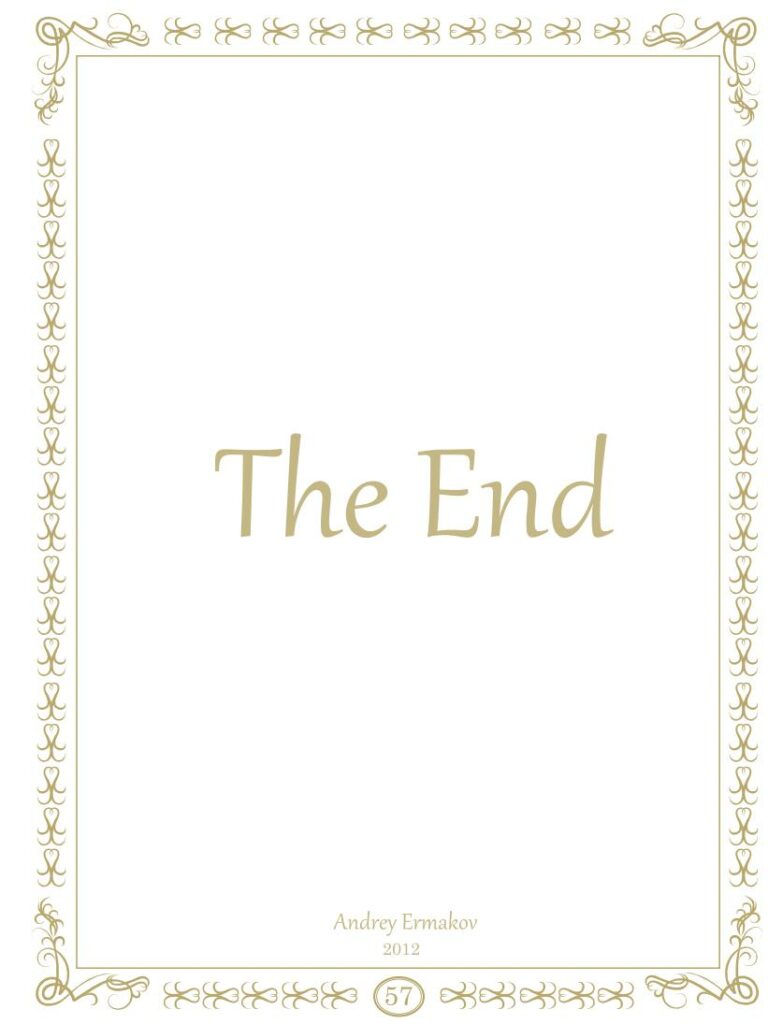

Knowledge知识 Record记录 59P International Origami Internet Olympiad 2012年国际折纸奥林匹克电子书版
历史上的今天 ( 21 ):
- 2022年-10月-29日:SEGA:疯狂桃花源-md
- 2022年-10月-29日:SEGA:疯狂鼓手皮卡丘-md
- 2022年-10月-29日:SEGA:风中奇缘-md
- 2022年-10月-29日:SEGA:星际枪骑兵-md
- 2022年-10月-29日:Knowledge知识:世界著名汽车标志全知道 (86P)
- 2022年-10月-29日:Medicine医药:道医绝世秘方60方 (25P)
- 2022年-10月-29日:Knowledge知识:汽车不神秘:汽车构造透视图典(第2版) (194P)
- 2022年-10月-29日:Knowledge知识:风靡全球的心算法:印度式数学速算 (193P)
- 2022年-10月-29日:Masterpiece名著:秘传眼科髓 (144P)
- 2022年-10月-29日:Region地理:埃菲尔铁塔 (27P)
- 2022年-10月-29日:History历史:中国驻印军 中国抗战历史影像全集 卷十 之二 (213P)
- 2022年-10月-29日:History历史:中国驻印军 中国抗战历史影像全集 卷十 之一 (303P)
- 2022年-10月-29日:Global国外合集:卢浮宫美术作品画册之七 (300P)
- 2022年-10月-29日:Global国外合集:卢浮宫美术作品画册之六 (300P)
- 2022年-10月-29日:Antique古董:金属胎珐琅器 (248P)
- 2022年-10月-29日:China国内合集:金陵诸家绘画 (294P)
- 2022年-10月-29日:Kungfu武学:《岳家神功与点穴绝技》张业金 (128P)
- 2022年-10月-29日:Kungfu武学:《拳术二十法》王子平 (76P)
- 2022年-10月-29日:Kungfu武学:《李派太极八卦清风剑》贾仕文 (14P)
- 2022年-10月-29日:Kungfu武学:《伏羲八卦拳:套捶一百三十六》戚景涌 (126P)
- 2022年-10月-29日:News新闻:10月29日,星期六,在这里每天60秒读懂世界! (1P)
可点 ➠ 2023年-10月-29日 ➠ 147 s ➠ ♥ 0

